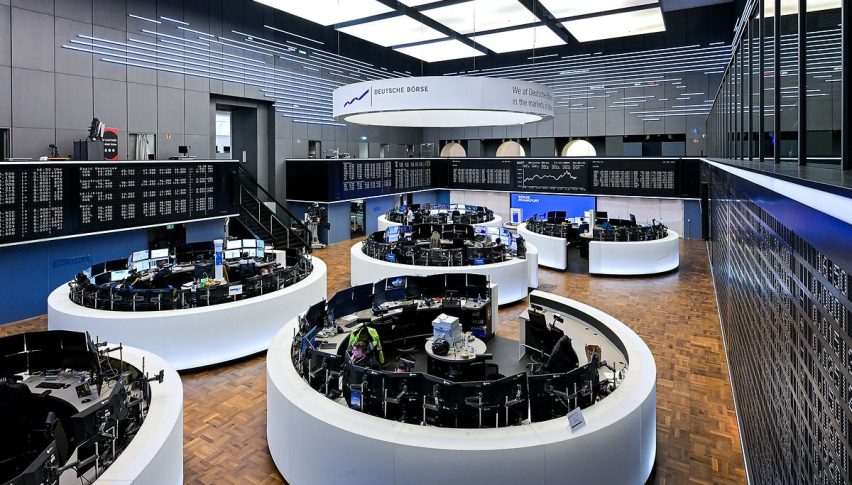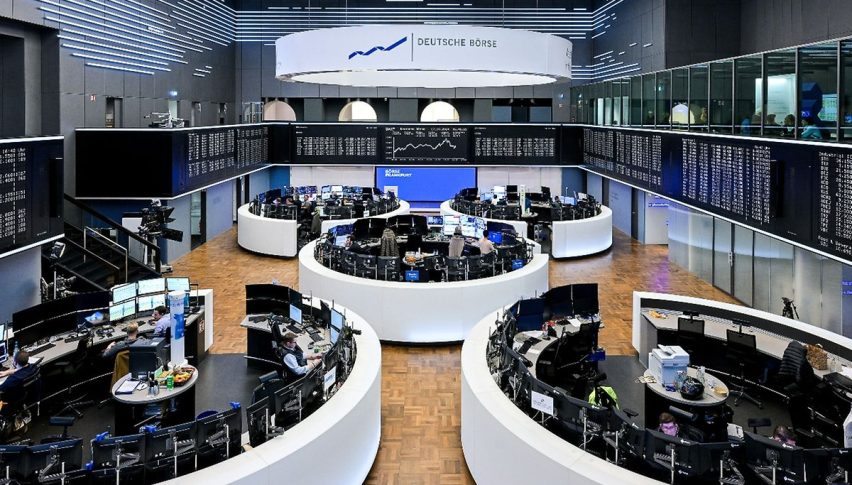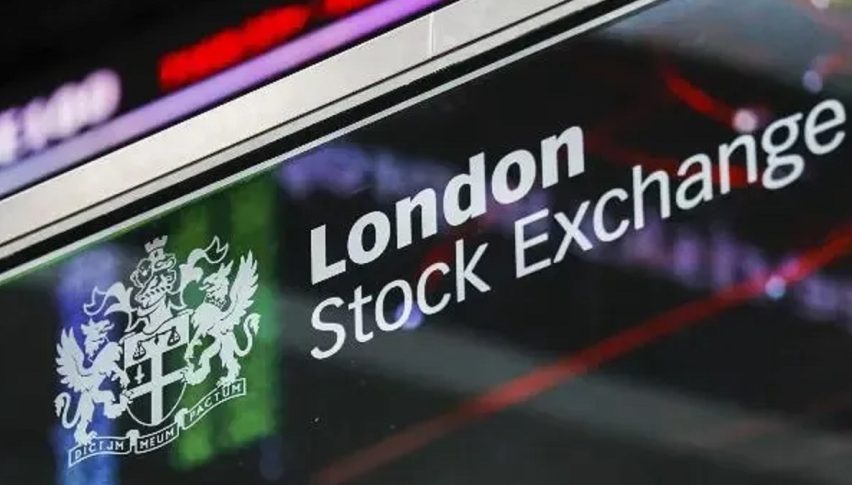FTSE 100 Gains Amid Energy Stock Rise, Tesco’s Profit Forecast, and Middle East Tensions Impacting European Markets
Energy stock rises and Tesco's unexpectedly upbeat profit prediction propelled a 0.3% increase in London's FTSE 100 on October 3, 2024.

Energy stock rises, and Tesco’s unexpectedly upbeat profit prediction propelled a 0.3% increase in London’s FTSE 100 on October 3, 2024.

However, due to the down momentum of the overall market, and falling prices of mining stocks the FTSE 100 couldn’t maintain its hike and is down to 0.18% today and is being traded at 8282.5 GBP.
Mining Stocks Weigh on FTSE 100 Gains
On Friday, the UK’s benchmark FTSE 100 index fell slightly as mining shares fell, offsetting a solid day for energy companies. In contrast, Tesco, the largest grocery chain in Britain, rose to 0.2% after increasing its profit prediction for the year.
Tesco lifted its annual profit forecast after market share gains drove a 10% rise in the first half, giving Britain's biggest supermarket chain great momentum going into Christmas. Read the full story here: https://t.co/gs6BAfLCD3 pic.twitter.com/Y75HiRVRDn
— Reuters Business (@ReutersBiz) October 3, 2024
Major mining companies’ stock prices fell, with indices following industrial miners (.FTNMX551020) and precious metal miners (.FTNMX551030) down 1.23% and 0.31%, respectively.
As a result of the increased tensions surrounding Iran, Israel, and Lebanon, oil prices have rebounded, leading to gains of about 0.59% for BP, at the time of writing. The FTSE 100 oil giant Shell did surge initially but couldn’t maintain the surge and is down to 0.76% as of writing.
The recent stimulus pronouncements from Beijing have been a boon for HSBC and other companies with significant exposure to China, such as Standard Chartered and Prudential. HSBC is the third largest company in the index, and its share price is 1.33% up.
Although energy and defense businesses are heavily weighted in the mid-cap FTSE 250 index—which includes Fidelity China Special Situations and Schroder AsiaPacific Fund—the index does not have the same weighting and has fallen 133 points, or 0.6%, to 20,781.6.
Andrew Bailey, governor of the Bank of England, has hinted that the bank might lower interest rates more rapidly in response to additional positive inflation data.
Bank of England Governor Andrew Bailey has held out the prospect of the central bank becoming more proactive in cutting interest rates, provided inflation stayed subdued.
Abrdn’s Sree Kochugovindan looks ahead to the UK budget https://t.co/vZrJQAoR3Y pic.twitter.com/xTaI5S30ep
— Bloomberg TV (@BloombergTV) October 3, 2024
Despite including oil and defense businesses and having leaders like Fidelity China Special Situations and Schroder AsiaPacific Fund, the mid-cap FTSE 250 index has fallen 0.21% to 20,740.6.
European Stocks Slip Amid Middle Eastern Tensions and Weak Business Data
At the time of writing on Firday, European stocks fell as investors stayed cautious due to rising Middle Eastern geopolitical tensions. With the exception of energy giants, most sectors saw drops in value.
European Stocks Slip on Geopolitical Risks; FTSE 100 Outperforms https://t.co/3L73Nu5Cnv
— Bloomberg Economics (@economics) October 3, 2024
On the data front, Euro zone business operations dropped last month, although the dip was not as severe as first believed based on a poll indicating declining inflationary pressures.
Melanie Debono, senior Europe economist at Pantheon Macroeconomics, said that even with the rather significant upward revision, private sector activity growth in the EZ lost steam at the end of Q3 since the Olympics boost to French services vanished.
European Markets React to Geopolitical Tensions and Economic Data
Germany’s SAP (SAPG.DE), among leading stocks, declined 0.96% following a media report that U.S. prosecutors are widening a probe on possible price-fixing in government contracts by the software developer and tech reseller Carahsoft.
At its lowest point in almost a week, the benchmark pan-European STOXX 600 (.STOXX) closed 0.9% lower. The DAX (.GDAXI) in Germany and the CAC 40 (.FCHI) in France both tumbled, with the former losing more than 1.32% and the latter losing more than 0.78 percent.
Along with other European defense businesses in other markets, contractor BAE Systems is down to 0.027%.
Following a slump to 6.4% on media reports, French gaming group FDJ (FDJ.PA) jumped 2.26% to bolster the Social Security budget by taxing online gaming and betting from 2025.

FTSE 100 (UKX) Technical Analysis: Potential Breakout Looms
The FTSE 100 Index (UKX) is trading at $8,255, showing a slight decline of 0.06% for the session. The index is consolidating within a symmetrical triangle pattern, indicating potential for a breakout. Immediate resistance is at $8,305, while the upper boundary of the triangle offers additional resistance near $8,340. A decisive move above these levels could signal bullish momentum, pushing the index towards $8,370.
On the downside, immediate support stands at $8,235, followed by key support at $8,205. The 50-day EMA at $8,285 is currently acting as a dynamic resistance, with the 200-day EMA at $8,275 providing strong support.
The RSI is around 49, showing a neutral stance, but a decline below 40 could indicate further bearish pressure. Traders should monitor these levels closely, as a breakout from the triangle pattern could determine the FTSE 100’s next directional move.
- Check out our free forex signals
- Follow the top economic events on FX Leaders economic calendar
- Trade better, discover more Forex Trading Strategies
- Open a FREE Trading Account



